| Image | Scientific name | Common name | Distribution |
|---|
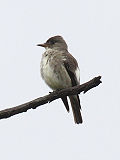 | Contopus cooperi | Olive-sided flycatcher | Canada, Alaska and the northeastern and western United States |
 | Contopus pertinax | Greater pewee | central and southern Mexico south through Costa Rica and Nicaragua |
 | Contopus lugubris | Dark pewee | Talamancan montane forests of Costa Rica and western Panama. |
 | Contopus fumigatus | Smoke-colored pewee | Argentina, Bolivia, Brazil, Colombia, Ecuador, Guyana, Peru, and Venezuela |
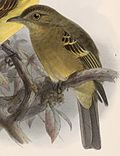 | Contopus ochraceus | Ochraceous pewee | Costa Rica and western Panama |
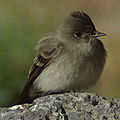 | Contopus sordidulus | Western wood pewee | western North America |
 | Contopus virens | Eastern wood pewee | Central America and in the Andes region of northern South America. |
 | Contopus cinereus | Southern tropical pewee | southern Brazil and Paraguay south to Argentina. |
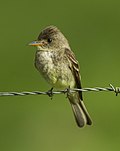 | Contopus bogotensis | Northern tropical pewee | southeastern Mexico to northern South America from northern Colombia to northeastern Brazil. |
 | Contopus punensis | Tumbes pewee | western Ecuador and western Peru. |
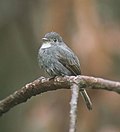 | Contopus albogularis | White-throated pewee | Brazil, French Guiana, and Suriname. |
 | Contopus nigrescens | Blackish pewee | Brazil, Ecuador, Guyana, and Peru. |
 | Contopus caribaeus | Cuban pewee | Cuba and the northern Bahamas. |
 | Contopus hispaniolensis | Hispaniolan pewee | island of Hispaniola in the Caribbean. |
 | Contopus pallidus | Jamaican pewee | Jamaica |
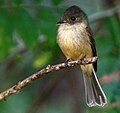 | Contopus latirostris | Lesser Antillean pewee | Dominica, Guadeloupe, Martinique, Puerto Rico, and Saint Lucia |
|

















